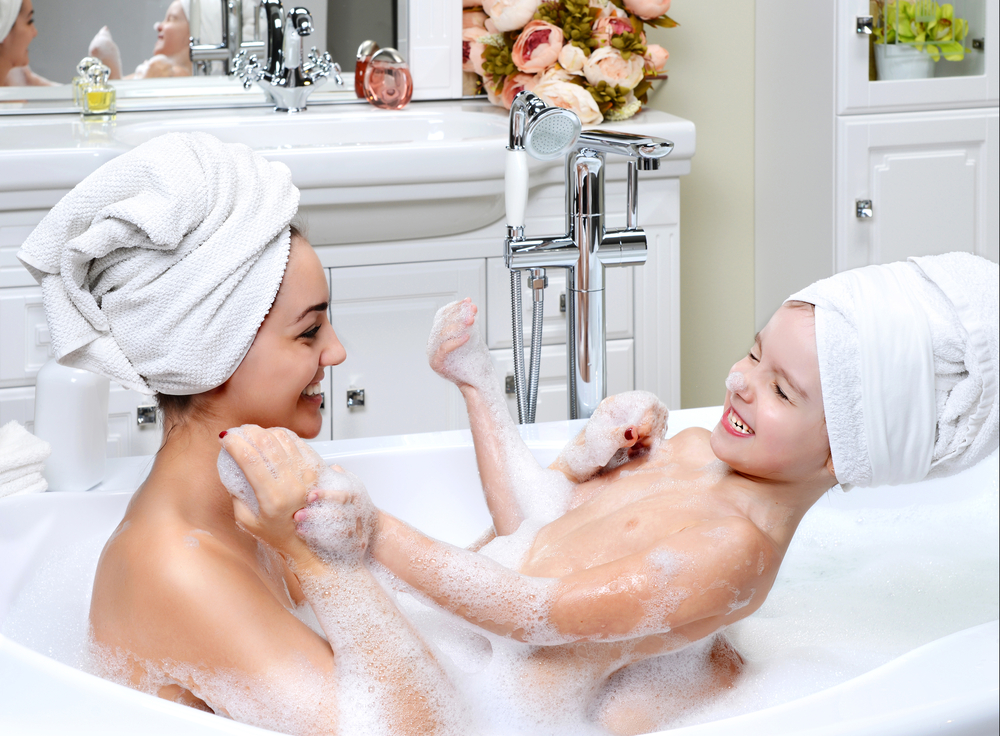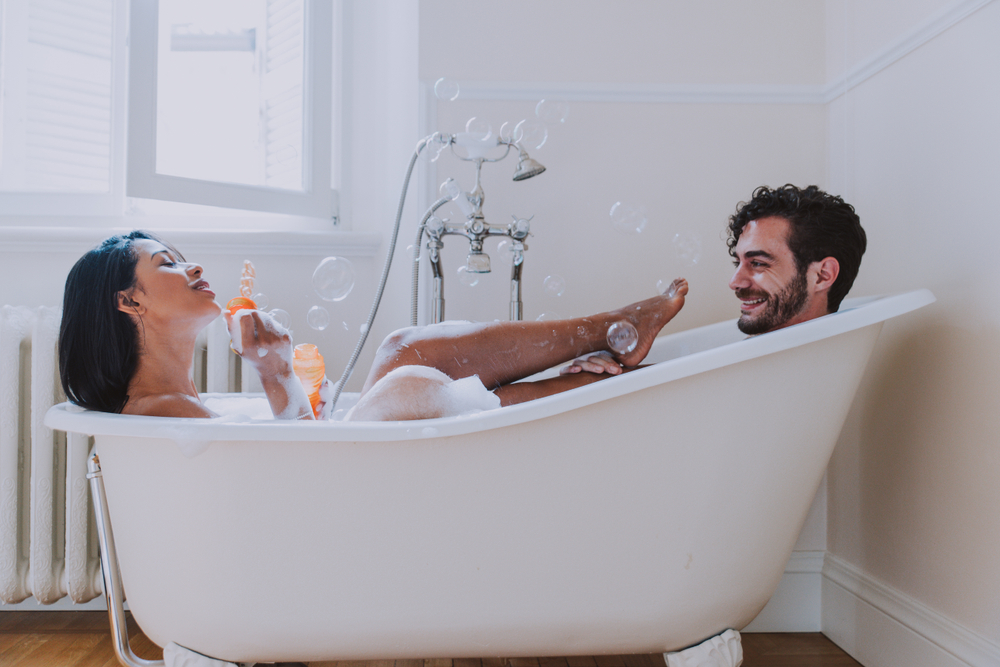At first mention, sharing bath water might raise a few eyebrows. To some, it conjures up old-fashioned imagery of tin tubs and weekly wash days; to others, it hints at environmental consciousness or intimate moments shared behind steamed-up bathroom windows.
But whatever your first reaction, the idea of sharing bath water is more layered than you might expect.
A Brief Dip Into History
Long before modern plumbing, sharing bath water was common practice. In Victorian Britain, for example, entire families would bathe one after another in the same tub of water—often in the kitchen, with the youngest going first and the adults last. In Japan, the tradition of the ofuro (a deep soaking tub) continues today, where each family member takes turns to enjoy the same water, having thoroughly cleaned themselves beforehand. The emphasis here isn’t hygiene but ritual, relaxation, and respect for resources.
Eco-Friendly or Just Economical?
With growing awareness around water conservation, sharing bath water is getting a fresh look. The average full bath uses around 80 litres of water. Multiply that by a family of four, and it’s easy to see why reusing water—especially if it’s still warm and clean—can make environmental sense. In times of drought or in households aiming to cut down on their carbon footprint, sharing a bath might be more than just a quirky idea—it could be a practical solution.

Of course, context matters. Two kids splashing about in a tub together is one thing; four adults queuing up for lukewarm water might feel like a step too far. Still, even partial water sharing—say, one bath split between two people—can halve water use without sacrificing comfort.
Intimacy and Connection
Bathing together isn’t always about necessity—it can also be a bonding experience. Parents often bathe with young children, turning a chore into quality time. Couples might share a bath to relax and reconnect, candles flickering, music playing, and glasses of wine within reach.
In communal cultures, shared bathing spaces also play a social role. Turkish hammams, Korean jjimjilbangs, and Scandinavian saunas offer not just cleansing, but conversation and community. While not quite the same as sharing bath water at home, these practices suggest that bathing need not be a solitary affair.

Things to Keep in Mind
If you’re considering sharing bath water, here are a few practical tips:
- Go in clean: Shower or rinse before soaking to keep the water fresh for the next person.
- Time it right: Share immediately or soon after, while the water’s still warm and hygienic.
- Use minimal products: Too many bubbles, oils, or bath bombs can leave a residue that’s less appealing for second-round bathers.
- Be mindful of skin conditions: If someone has an open wound or infection, it’s best not to share water.
The Bottom Line
Sharing bath water isn’t for everyone—but it isn’t just a relic of the past, either. In an age of climate awareness, it’s a habit that might deserve a second look. Whether you’re motivated by nostalgia, sustainability, or simply the romance of it all, there’s more to this watery ritual than meets the eye.
Sometimes, the best conversations—about love, the environment, or just who gets the next turn—happen with a rubber duck floating nearby.
Sip Smart: How Your Daily Cuppa Supports Brain, Bone & Mental Health





